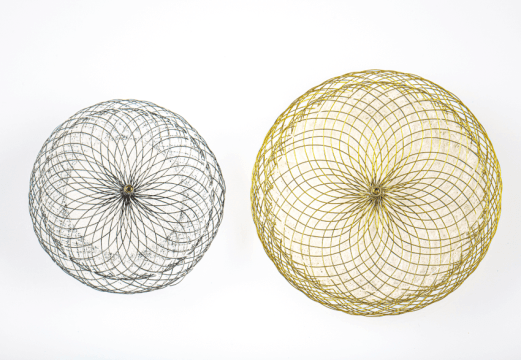Left atrial appendage closure (LAAC) in non-valvular atrial fibrillation with high risk of bleeding has shown promising results with first generation devices (with the Watchman) in the different studies.

At present, we have a more modern device, the Watchman FLX, but we do not have much information about it.
To gather more data, researchers looked at 200 consecutive patients from the FLX‐IEST Registry (Watchman FLX data from two high‐volume Sicilian centers) receiving LAAC with Watchman FLX.
Mean age was 77, 67% were men, 57% had kidney function deterioration, 41% were diabetic, 55% had coronary artery disease, 18% were in functional class III, 55% had cardiac failure, 47% ejection fraction, 29% stroke or transient ischemic attack, 56% prior bleeding.
CHA2DS2‐VASc score was 5 and HAS‐BLED score was 4.
LAAC indications were symptomatic hemorrhage, need for triple antithrombotic therapy, gastrointestinal bleeding, and oral anticoagulation intolerance.
93% was guided by transesophageal eco-Doppler, 48% was done under general anesthesia, 45% under conscious sedation and 7% under local anesthesia.
Read also: Ticagrelor Monotherapy: Valid after 12 Months?
Procedural success was 99.5%. >5 mm leak was seen in one patient only and <5 mm in two patients, and there was no embolization. Major bleeding rate was 1%; there was one death related to major bleeding.
At discharge, 85% received dual antiplatelet therapy (DAPT).
At 272±173 day follow up, there was 4.1% major bleeding, 0.6% fatal bleeding and 2.3% non-device-related stroke.
Conclusion
This study showed a higher procedural success rate with Watchman-FLX in a high-risk population. According to author experience, the main advantage included easy implantation and repositioning, absence of embolization, good left atrial appendage sealing and low complications rate at follow up.

Dr. Carlos Fava.
Member of the Editorial Board of SOLACI.org.
Original Title: Real‐world experience with the new Watchman FLX device: Data from two high‐volume Sicilian centers. The FLX‐iEST registry.
Reference: Giampiero Vizzari, et al. Catheter Cardiovasc Interv. 2022;100:154–160.
Subscribe to our weekly newsletter
Get the latest scientific articles on interventional cardiology





